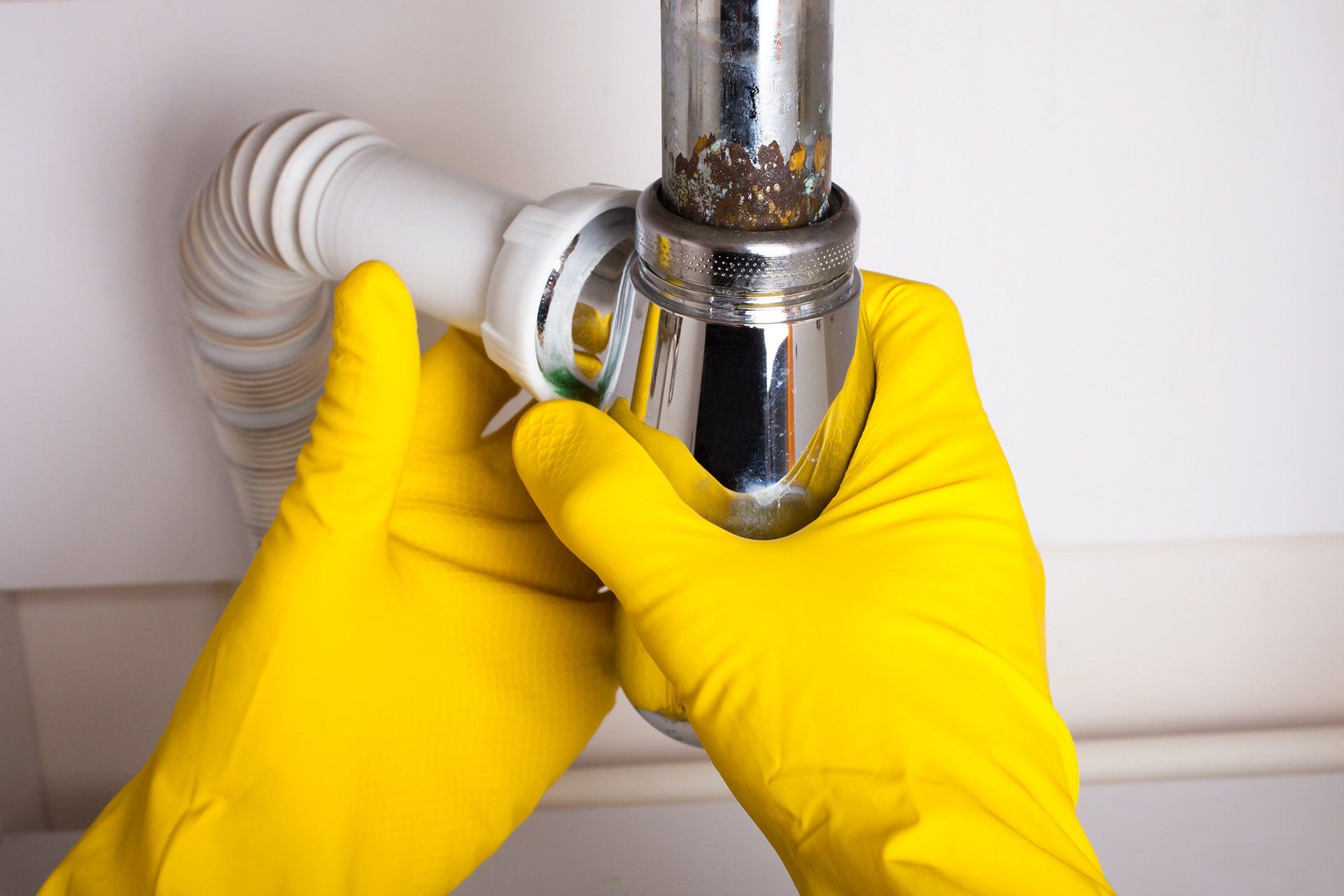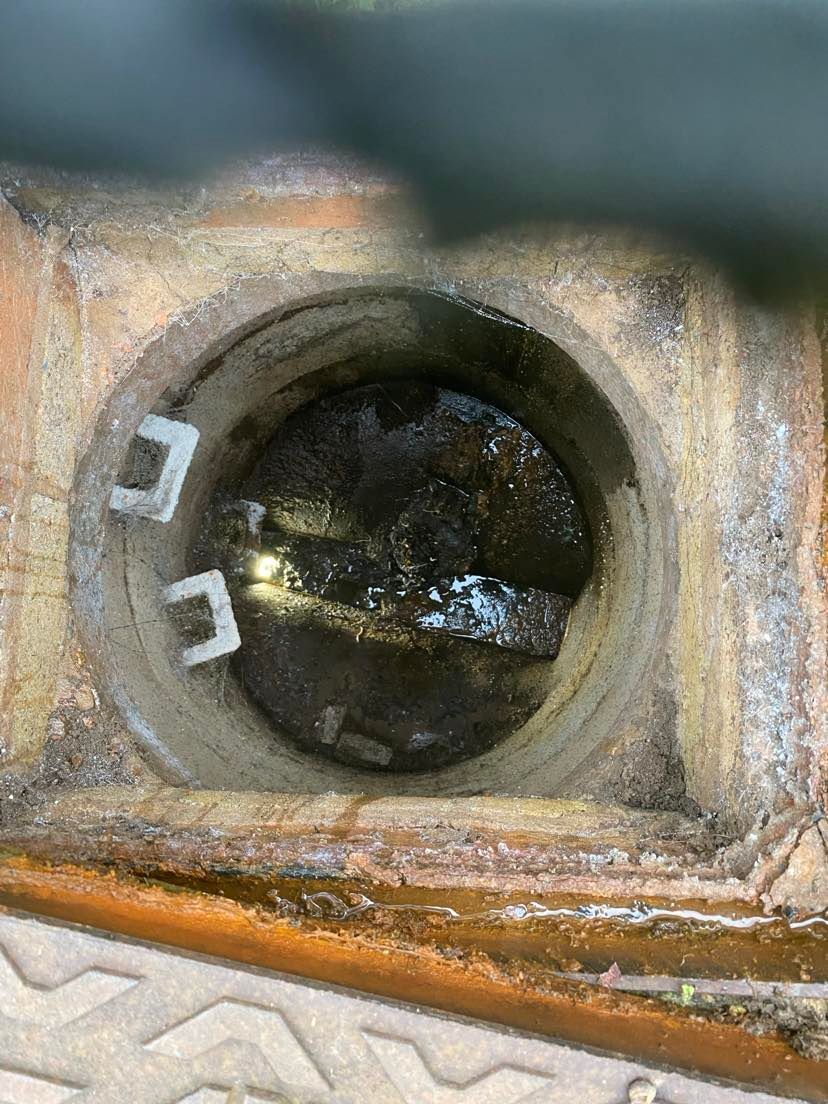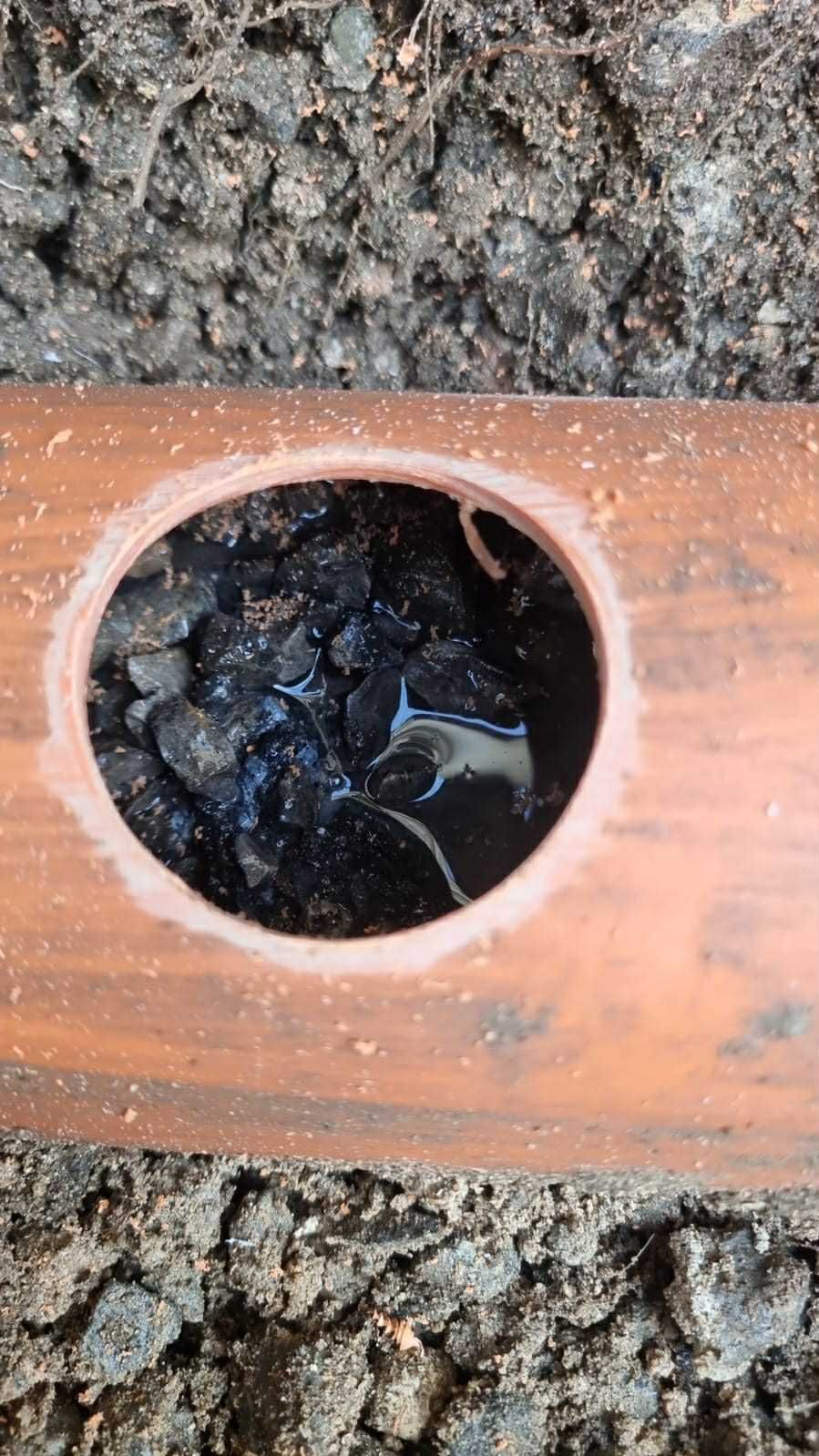Water treatment
Ronnie Devenish • April 8, 2019
Write about what you know
Write about something you know. If you don’t know much about a specific topic, invite an expert to write about it. Having a variety of authors in your blog is a great way to keep visitors engaged.
Write about something you know. If you don’t know much about a specific topic, invite an expert to write about it. Having a variety of authors in your blog is a great way to keep visitors engaged.
Speak to your audience
You know your audience better than anyone else, so keep them in mind as you write your blog posts. Write about things they care about. If you have a company Facebook page that gets lots of comments, you can look here to find topics to write about.
You know your audience better than anyone else, so keep them in mind as you write your blog posts. Write about things they care about. If you have a company Facebook page that gets lots of comments, you can look here to find topics to write about.
Take a few moments to plan your post
Once you have a great idea for a post, write the first draft. Some people like to start with the title and then work on the paragraphs. Other people like to start with subtitles and go from there. Choose the method that works for you.
Once you have a great idea for a post, write the first draft. Some people like to start with the title and then work on the paragraphs. Other people like to start with subtitles and go from there. Choose the method that works for you.
Don’t forget to add images
Be sure to include a few high-quality images in your blog. Images break up the text and make it more readable. They can also convey emotions or ideas that are hard to put into words.
You might also like

What Are Drain Interceptors — And Why Do They Matter in Bristol? If you own or manage a property in Bristol built before the 1950s, there’s a good chance you’ve got a Victorian drain interceptor buried beneath your feet. And if your toilet’s slow to flush, your kitchen gulley smells, or the manhole’s backing up — that interceptor might be the hidden cause. At Flow Sure Drains , we uncover, inspect, and solve problems caused by these outdated systems every week across Bristol and the South West. 🧱 What is a Drain Interceptor? A drain interceptor (also known as a 'buchan trap' ) is an old-fashioned U-bend-style fitting found in Victorian and early 20th-century drainage systems. It was originally designed to: Stop sewer gases from entering the home Create a water seal between your drains and the public sewer But over time, these traps have become liabilities : They trap debris and grease They’re hard to access and maintain They collapse or become blocked, causing upstream problems in your house 🧰 Signs Your Drain Interceptor is Failing You may not even know you have one until it causes trouble. Watch out for: Persistent foul smells near external drains Toilets gurgling or slow to drain Manhole overflowing, but pipes seem clear Water sitting at the base of manholes Flow Sure Drains uses HD CCTV cameras to locate and inspect old interceptors. In many cases, we find root ingress , blockages , or collapses that have gone undiagnosed for years. ⚙️ Should You Remove or Bypass a Drain Interceptor? In most cases — yes . Interceptors no longer serve a useful purpose in modern drainage networks. Wessex Water and Bristol City Council both permit — and in some cases recommend — their removal or bypass, provided: You use a licensed contractor The replacement connection maintains flow and compliance We can: Excavate and remove the old trap Install a straight-through connection Use no-dig repair (patch lining) where possible Handle Wessex Water permissions where needed "What is a Victorian drain interceptor?" “It’s an old-style U-bend in the main drain system, common in pre-1950s Bristol homes, and often causes blockages today.” "Should I remove my drain interceptor?" “In most cases yes — modern systems don’t need them, and they often cause problems.” "Who removes drain interceptors in Bristol?" “Flow Sure Drains — local drainage experts with no call-out fee, CCTV inspections, and full removal service.” 📍 Why Choose Flow Sure Drains? ✅ Based in Bristol — we know the quirks of local Victorian drainage ✅ No call-out fees ✅ CCTV and no-dig solutions ✅ Emergency response available 24/7 📞 0117 427 4565 🌐 www.drains-bristol.co.uk






